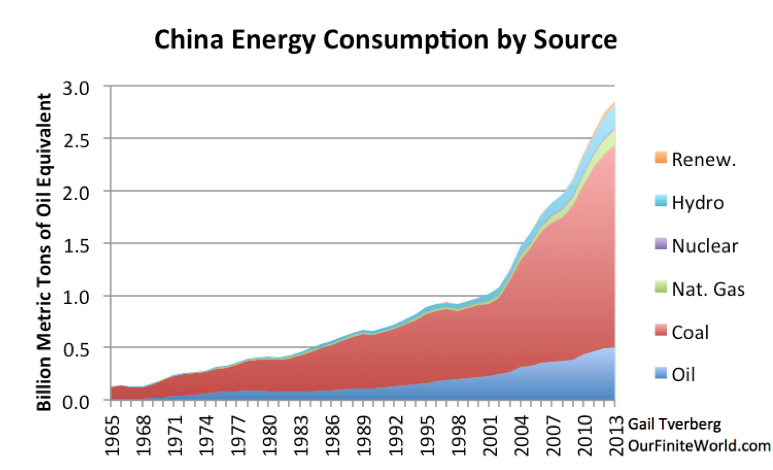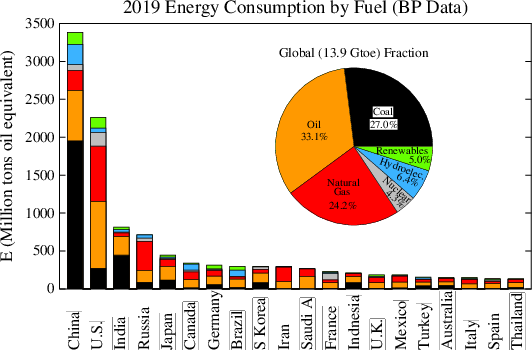sendler2112
100 kW
And we will eventually have online reprocessing of Thorium breeders but for now we will have to stick with using up the high level waste and standing stocks of depleted uranium in fuel tubes in designs such as the new Stabile Salt Reactor or Standing Wave reactors.
.
https://youtu.be/4iRF6pilm3s
.
https://youtu.be/-IiIdG0asbM
.
Liquid salt fuel in standard certifiable rods that are solid during transport. Molten salt non-fuel coolant. Not sodium. No new materials to certify. Atmospheric pressure. So no high pressure steam in the reactor to explode. No water to make a hydrogen explosion. Iodine and Caesium are bound in the molten fuel salt. Only vents stable Xenon and Krypton.
.
Negative temp feedback in the molten fuel density is self regulating. Online refueling by adding 1 rod in a row at a time eliminates critical controls needed. Simple Boron plates drop in for emergency shut down. Molten fuel salt and molten cooling salt are miscible so in the event of an attack, the fissile material is diluted in the coolant and the reactor goes out.
.
Continuous passive air cooling by convection. No emergency cooling needed. 600C operating temp so turbines are the same as for the ubiquitous natural gas plants. 600C thermal energy storage in nitrate salt for additional load following of a high intermittent grid.
.
Runs on simple processing of existing high level waste. 2X burn up, 125MW reactor modules are factory built and certified and small enough to transport by truck. Stack modules to make 1GW in one non hardened building. Very cheap. $2 Billion / GW plant. $0.055/ kWh lifetime with investors paid at 9% and with all costs of decommissioning and Moltex operator profits. $0.085/ kWh even with a 3X constuction cost overrun. Online in Canada 2026. 2nd, full size reactor online 2030.
.
https://youtu.be/4iRF6pilm3s
.
https://youtu.be/-IiIdG0asbM
.
Liquid salt fuel in standard certifiable rods that are solid during transport. Molten salt non-fuel coolant. Not sodium. No new materials to certify. Atmospheric pressure. So no high pressure steam in the reactor to explode. No water to make a hydrogen explosion. Iodine and Caesium are bound in the molten fuel salt. Only vents stable Xenon and Krypton.
.
Negative temp feedback in the molten fuel density is self regulating. Online refueling by adding 1 rod in a row at a time eliminates critical controls needed. Simple Boron plates drop in for emergency shut down. Molten fuel salt and molten cooling salt are miscible so in the event of an attack, the fissile material is diluted in the coolant and the reactor goes out.
.
Continuous passive air cooling by convection. No emergency cooling needed. 600C operating temp so turbines are the same as for the ubiquitous natural gas plants. 600C thermal energy storage in nitrate salt for additional load following of a high intermittent grid.
.
Runs on simple processing of existing high level waste. 2X burn up, 125MW reactor modules are factory built and certified and small enough to transport by truck. Stack modules to make 1GW in one non hardened building. Very cheap. $2 Billion / GW plant. $0.055/ kWh lifetime with investors paid at 9% and with all costs of decommissioning and Moltex operator profits. $0.085/ kWh even with a 3X constuction cost overrun. Online in Canada 2026. 2nd, full size reactor online 2030.













